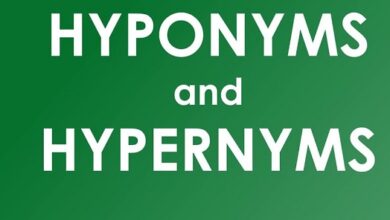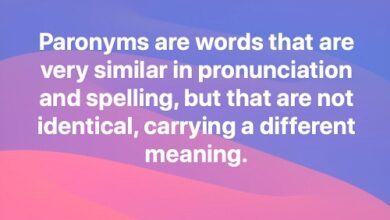Semantics
Semantics
Semantics is a subfield of linguistics that studies the meaning of words, phrases, sentences, and discourse. It is concerned with how people assign meaning to linguistic expressions and how they use these expressions to communicate with each other.
The study of it involves the analysis of both the structure and the content of language. It seeks to understand how linguistic expressions relate to the world around us, and how they are used to convey information about the world.
There are several different approaches , including formal semantics, cognitive semantics, and lexical semantics.
Formal semantics is a mathematical approach to semantics that seeks to provide a rigorous and precise account of the meaning of linguistic expressions. It is concerned with the logical relations between propositions and the truth conditions of sentences.
Cognitive semantics, on the other hand, is an approach that emphasizes the role of mental processes and conceptual structures in the interpretation of language. It seeks to explain how people use language to represent and communicate their knowledge and experience of the world.
Lexical semantics is concerned with the meaning of individual words or lexemes. It involves examining the different senses of a word, how words are related to each other in terms of meaning (such as synonyms and antonyms), and how the meanings of words can change over time.
Compositional semantics is concerned with how the meanings of words combine to form larger units of meaning, such as phrases, clauses, and sentences. It involves examining the rules and principles that govern how words are combined to create meaning, and how different meanings can be expressed through different sentence structures.
It is also closely related to pragmatics, which is the study of how context affects meaning. Pragmatics looks at the social and cultural factors that influence how language is used, and how speakers and listeners interpret language in different situations.
-

Difference between polysemy and homonymy examples Similarities and FAQs
Polysemy and homonymy In this article we will provide yout the difference between polysemy and homonymy examples Similarities and FAQs.…
Read More » -

Lexical and semantic field examles and Relationship between them
Lexical and semantic field The notions of lexical field and semantic field are broad and complex. In a simple and reduced…
Read More » -

What are Cognate words examples and false cognates
Cognate words Cognate words are words that have a common root and meaning, having the same etymological origin. Words cognate with…
Read More » -

Proper and figurative meaning of words with examples
Proper and figurative meaning The proper meaning and the figurative meaning of language are related to the denotative and connotative function of language, that…
Read More » -

Denotation and Connotation difference with examples Similarities and FAQs
Denotation and connotation Denotation and connotation are related to the different meanings that words have. Denotation refers to the most human…
Read More » -

Augmentatives and diminutives examples and List of words
Augmentatives and diminutives Nouns can be used in augmentatives and diminutives because they accept inflection in degree, and can be…
Read More » -

Singular and plural with Rules for forming Singular and plural
Singular and plural The singular and the plural indicate the inflection in number of the words. The singular indicates only one being.…
Read More » -

Hypernymy and hyponymy with examples and uses
Hypernymy and hyponymy Hyperonymy indicates a hierarchical relationship of meaning that a higher word establishes with a lower word . The hyperonym is…
Read More » -

Homonyms and paronyms exammples and eponymous words
Homonyms and paronyms Homonyms are words that have different meanings but are pronounced the same, such as cem and sem. Paronyms are…
Read More » -

Paronyms examples and Paronyms and homonyms
Paronyms Paronyms or paronym words are words that are spelled similarly and are pronounced similarly, but have different meanings. Paronymy relations are studied through semantics. Examples of…
Read More »